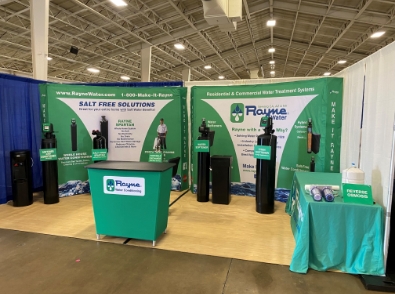The drought here in California has caused many issues for residents, business owners, farmers and government officials who are now staring down the barrel of a gun. The drought is forcing all parties to make decisions and set precedents when it comes to water conservation and water filtration. But without the proper drinking water system installed in your home, are you prepared to deal with both contamination and restrictions? Whether or not Californians will follow new rules is unknown, and even more alarming is whether the new rules will prove sufficient to meaningfully curb California’s water use — which won’t be clear for a while.
According to a recent article from New Republic discuss some devastating news that keeps the situation looking bleaker by the minute. Last week, The Association of California Water Agencies released a list of water-saving measures that local governments have rolled out in response to the drought. Unfortunately, what is listed in their report is beginning to define California and the era we live in. Everyone in the state—including homeowners, farmers, and environmentalists—has failed to make the tough choices when it comes to water conservation that now stare them in the face.
Why is the crisis so severe? Well after decades of dealing with the pressure of dwindling water resources, the drought is starting to force life-changing choices. Some estimate that half a million acres of farmland will go fallow in California this year, and the reduction in farming already is raising food prices in much of the nation.
Change is imminent. In January, Gov. Brown called on Californians to curb their water use by 20 percent. Implementation of other ideas like the use of “recycled,” or used, water—something that makes many people cringe because of the health impact.
How can you protect your own household? Our drinking water systems will filter water efficiently and waste much less water than traditional reverse osmosis systems. You can simultaneously conserve water and filter water, both two important answers in coping with our drought situation in California. Contact us today and starting conserving water tomorrow.


